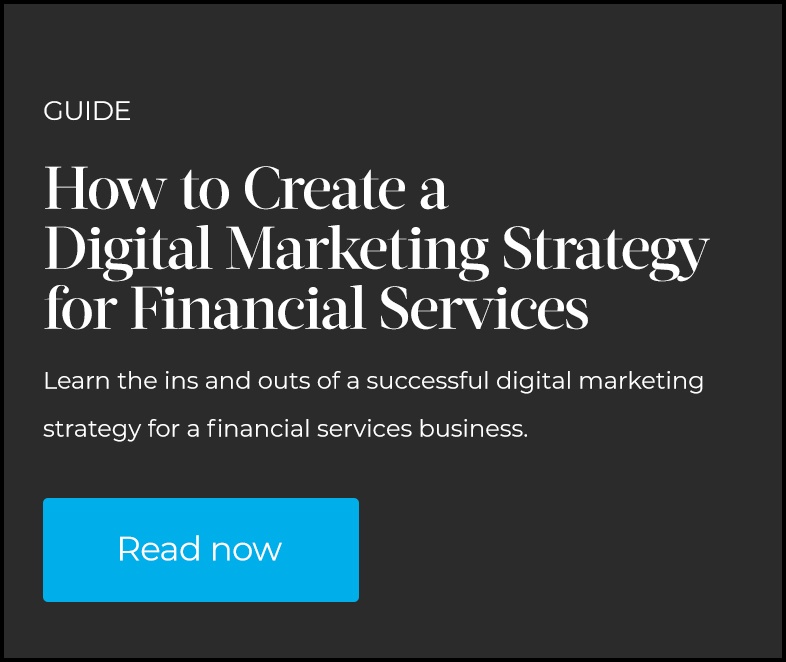
Media is no longer necessarily the most powerful nor the most effective channel for brands to influence or communicate with their audiences.
In reality, the scales of power and influence have shifted toward your clients and prospects as they take advantage of social media platforms to voice their fears, concerns and praise for brands.
In a digital universe saturated with the voices of the people, those with social influence – individuals or groups who can cause behavioral change (intentionally or unintentionally) – are becoming increasingly important for brands to engage with in order to reach a greater audience with relevant messages that may resonate with them.
In fact, we recently practiced what we preached with a piece of content we developed and an influencer with a significant social media following. As the chart shows, we were able to spike downloads of our content (the content was gated so each download produced a lead in our database) through our own networks by 1.79 times when we asked an industry influencer to share with his network. That’s 133% new leads we would not have without the sway of the influencer.
Here are a few additional facts on why social influence can be powerful tools for to improve positive perceptions on brands:
- Research shows that a mere 3% of influential individuals generate 90% of impact online
- 74% of consumers rely on social media to influence their purchasing decisions
- 81% of consumers are influenced by their friends’ posts on social media when making purchasing decisions
- 71% of consumers that receive a quick brand response on social media are likely to recommend that brand to others
The challenge for communication consultants is how to identify and build relationships with influencers to achieve reach, relevance and resonance.
Here’s how:
Step 1. Embrace an integrated communications approach (that’s owned, earned and paid media)
Step 2. Develop an influencer marketing strategy using the following steps:
a. Identify the topics you want your brand to be known for
b. Identify the right influencers for your brand based on content quality, alignment of values to your brand, reach (here’s a great list of tools to identify influencers)
c. Build relationships with your target influencers with relevant content, incentives, open communication and share feedback. Remember to give first, ask second
Step 3. Produce killer content and marry it to your influencer marketing so you can segment your audience based on specific criteria.
Step 4. Use metrics to assess whether you need to refine your approach. You may want to consider measuring increases in online brand mentions, engagement, followers, leads or whatever is important to your business.
Partnering with influencers can be beneficial for your brand because they have the power to increase your brand’s reach, drive brand perceptions and stimulate purchasing decisions.
SIGN UP FOR WEEKLY INSIGHTS
You can also download our six-step guide to content marketing for financial services here:













